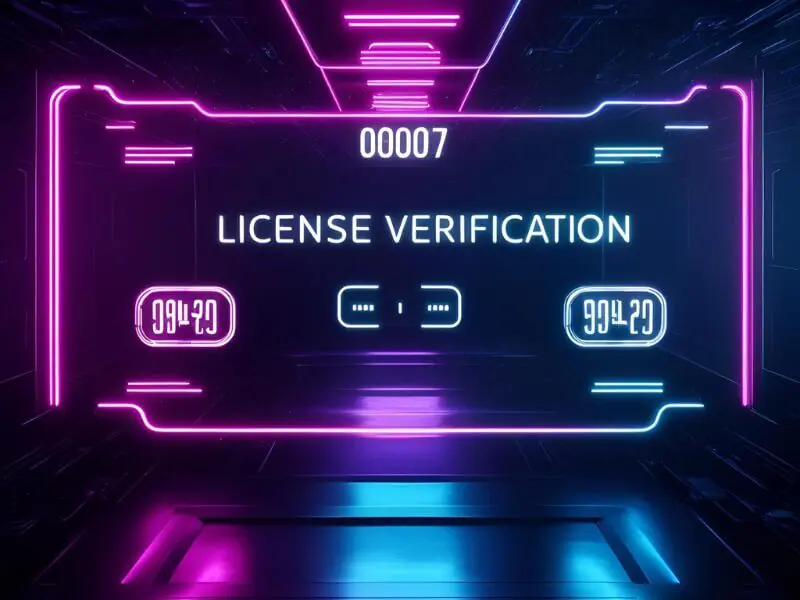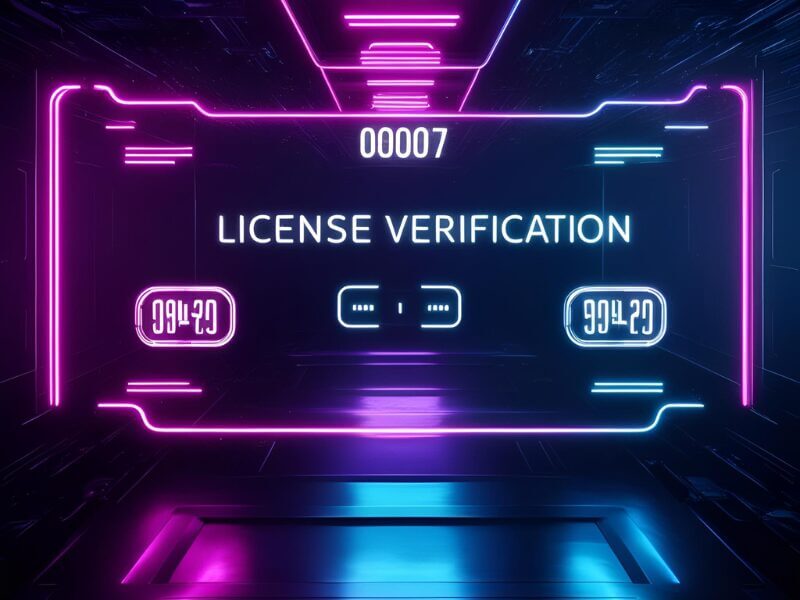From Report to Resolution: The Journey of Ethical Investigations


Misconduct happens. What differentiates an ethical business from an unethical one is the way these wrongdoings are detected and resolved.
There is simply too much at stake when a report of misconduct is responded to poorly. What initially seems like a minor hassle transforms into a full-blown corporate scandal that drains the company of its resources.
On the other hand, when companies take whistleblowers’ complaints seriously, the result is a culture where employees feel empowered to speak up and a business that shareholders and customers fully trust.
When Does an Ethics Investigation Take Place
An ethics investigation begins once credible information about wrongdoing knocks at your door. This could range from minor issues (such as someone yelling at a co-worker simply because they had a bad day) to serious complaints of discriminatory behavior, fraud, or sexual harassment. Other examples of misconduct include theft, abuse of power, falsifying documentation, health and safety breaches, and property damage.
What do you do once you receive a complaint? You start investigating it immediately. Why? Because reports of misconduct can reveal the early warning signs of an issue that has the potential to cause serious damage.
According to the National Whistleblower Center (NWC), whistleblowers expose fraud in an organization 43% of the time compared to internal auditors who only discover it 19% of the time.
The Significance of Ethical Investigations in Creating a Culture of Integrity and Accountability
At their core, ethics investigations serve as a shield against wrongdoings. They help create an atmosphere of transparency, communication, and accountability.
Taking an unbiased approach to these investigations promotes values of honesty, fairness, and equity. Workplace investigations hold everyone accountable for their actions. When employees see their leaders taking reports of misconduct seriously, they feel empowered to do the right thing. This eventually contributes to a culture of honesty where “speaking up” becomes a natural reaction to wrongdoings.
Ultimately, ethics investigations stop misconduct in its tracks, identify areas where you can improve your internal operations, and keep your business out of legal, financial, and reputational troubles.
How Should an Ethical Investigation Unfold
Many factors impact the way an ethics investigation unfolds including the seriousness of the complaint and the type of industry your organization operates in. Here are the most common steps an investigation journeys through:
Receiving Compliant and Gathering Information
Once a complaint arrives via your reporting channels, it’s vital to collect as much information surrounding the alleged misconduct as possible. This data should include who the perpetrator is, the type of wrongdoing they’re responsible for, and when, where, and how the misconduct happened.
Maintain Confidentiality
Confidentiality begins the moment wrongdoing is brought to light. No other party should know that an investigation has begun, what the incident is about, the nature of evidence gathered, the processes in place, and the ultimate result until the final report is ready. Maintaining confidentiality is also vital to protect the complainant from continued retaliation or harassment.
Select an Investigator
Whether you appoint someone from the HR department or hire a third-party investigator, the goal of your investigation should be to arrive at an unbiased result.
Start the Investigation
Once you gather the information and select your investigator, it’s time to start investigating immediately to ensure this issue doesn’t spiral into a full-blown scandal. Be sure to reassure the complainant that their submissions are fully confidential and non-retaliatory. Constantly update them about the progress of the investigation so they know you’re taking their concerns seriously.
Document Everything
Always create a comprehensive investigation report with every piece of evidence that was gathered during the investigation process. Not only will this literature serve as a reference for future investigations, but it will also serve as clear evidence should an employee dispute the disciplinary action against them.
Leveraging Technology for Improved Investigation Processes and Outcomes
For your organization to uncover wrongdoing, your employees must first know how to report it safely. From report to resolution, a workplace investigation requires much more than a series of manual tasks.
To begin with, you need a system that makes it “endlessly easy” for employees to do the right thing. This could include a user-friendly whistleblower software that caters to all types of users and generations or multiple reporting channels like hotline, email, chat, mobile, and more. A whistleblower software ensures all the sensitive case-related information is fully protected from data leaks or unauthorized access.
These tools allow your whistleblowers to post pieces of evidence – pictures, screenshots, documents, and more – while remaining anonymous. The software allows easy upload of evidence in all forms (images, documents, and more), alerts the whistleblower once the report is filed, helps your business gather and store evidence, and reduces the need for manual documentation that is often prone to human error.
Learn from All Investigations
A workplace investigation serves three primary goals: Resolving issues early (so they don’t translate into severe losses later), building a speak-up culture (where everyone feels safe and appreciated to do the right thing), and collecting valuable information for future reference.
While no two workplace investigations may be the same, every investigation will leave behind valuable insights. You’ll understand things like:
- What caused the misconduct in the first place and what steps can you take to mitigate similar incidents in the future?
- How effective are your anonymous reporting channels? Which areas need improvement?
- How well are your people trained to do the right thing? How can you use training to reinforce positive values of honesty, integrity, accountability, and transparency?
Use this Knowledge to Improve Your Onboarding and Ongoing Training
The data left behind by workplace investigations also serves as strong training materials. You can use them as case studies to help your people understand the importance of speaking up the moment misconduct occurs. The fact that these incidents were tackled by and within your own organization not only makes doing the right thing personal but also breeds trust among future employees that their well-being matters.
A Final Word
Ethical businesses that employees, customers, and shareholders trust have solid systems in place for reporting, investigating, and resolving misconduct. Ironically, the price you pay for resolving wrongdoing is far less than what you pay when it becomes a full-blown corporate scandal. Take a tour of Ethico’s tools and solutions today to enhance the way your workplace investigations unfold, improve your reporting systems, and train your people to speak up!












































